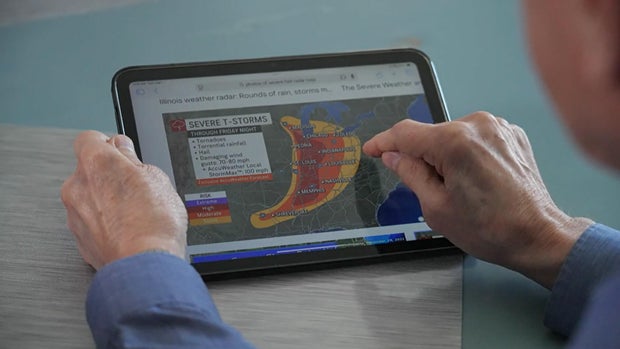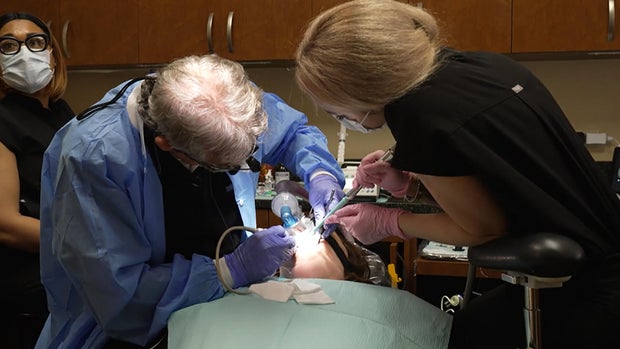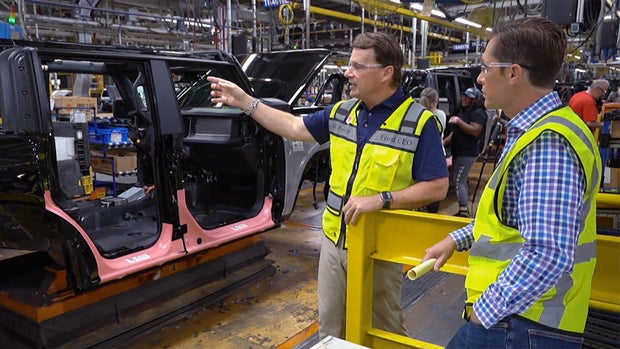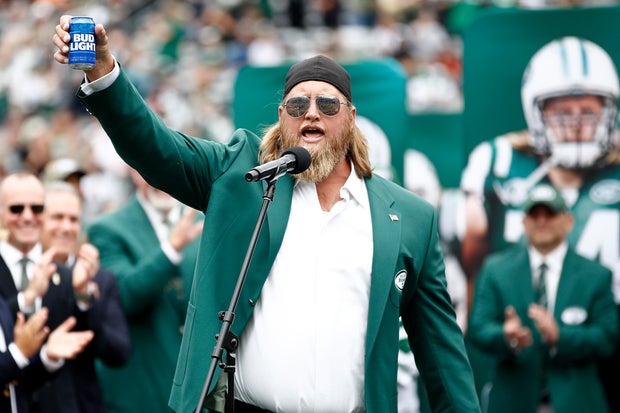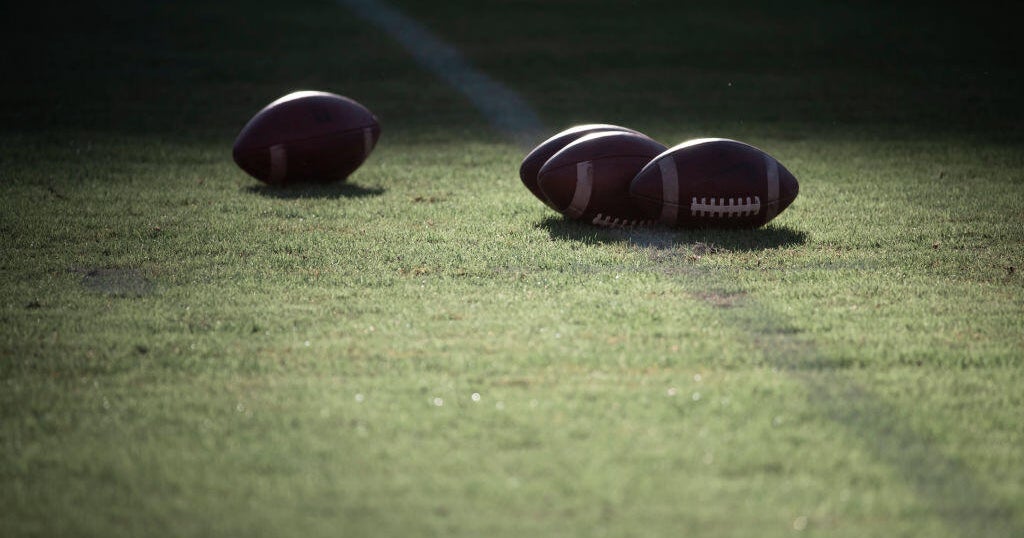Phobias: How to overcome your worst misguided fears
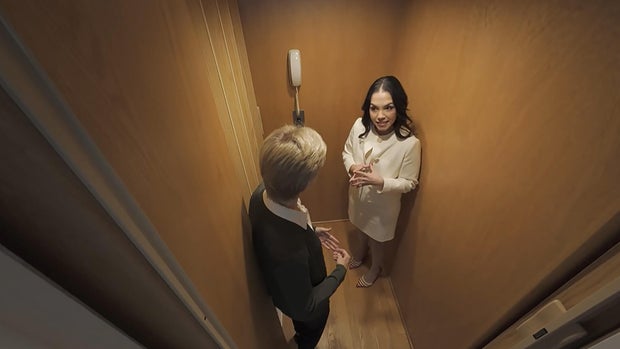
As an ICU nurse and EMT, Kathy Machuga has seen it all, and yet she is still scared to death of going to the dentist. “It is like anxiety on steroids,” she said. “It’s a terrible thing. I cannot explain what happens.”
Machuga, who seems calm at home, becomes an emotional wreck at the dentist’s office, and has even fled an appointment before it was over: “I felt like I couldn’t breathe, and I felt like I couldn’t swallow. So, I climbed out of the chair, and I left – bib, chain and all.”
She accepts that she has a phobia. “I mean, by definition, it is,” she said.
Whether it’s going to the dentist, getting on a plane, or crossing a bridge, an estimated 33 million American adults will struggle with a phobia at some point, according to the National Institute of Mental Health.
Psychologist Luana Marques, a phobia specialist, describes the condition as “an intense fear of something that poses little or no threat.”
And she is not immune – Marques has a phobia of her own: “I’m afraid of cockroaches,” she said. If she says one, “I scream, my heart starts to pound, my blood comes out of my brain, and I run for dear life.”
But when she’s not running from roaches, Marques, an associate professor at Harvard, helps patients manage (or even better, conquer) their intractable fears. She says patients who come to her have been unsuccessful in dealing with their fears for an average of ten years.
She practices exposure therapy, forcing patients to face their phobias – repeatedly – until the brain learns not to be afraid. “I recently went to India to help somebody that was afraid of flying, and we took 20 flights in five days,” she laughed. “It did work.”
Marques insists her claustrophobic patients get in the REALLY TINY elevator in her office; then she makes them ride it up and down, over and over. “They usually tell me that I’m the devil and they want to run out of here,” she said.
CBS News
The list of recognized phobias is long – and some are quite baffling. Genuphobia is described as a fear of knees. Pogonophobia is a fear of beards. Supermodel Tyra Banks has had a lifelong fear of dolphins (delphinophobia). And when he wasn’t scaring the wits out of us, Alfred Hitchcock had a fear of eggs (ovaphobia).
And while there are some fears that may be accepted, such as a fear of the dark (nyctophobia), or fear of heights (acrophobia), Jill Coleman says embarrassment may come when coping with a less-common fear. She knows that from watching her dad, Carl Multon, a weather phobic, who admits he sometimes hides in the closet during thunderstorms.
If black clouds appeared and thunder rumbled, how would Carl react? “I don’t think I would just get up and leave, and say, ‘You’re on your own and I’m gonna go into the closet,'” he said. “But I would get anxious and, you know, wondering, ‘Well, okay. Hopefully, it’s not gonna get real bad.'”
And are his hands getting clammy as he describes this? “Little bit!” he laughed.
Although they live in Muncie, Indiana, Carl keeps tabs on the weather nationwide, monitoring multiple radars every day.
CBS News
Married 54 years, his wife, Karen, says she’s known about his unusual relationship with weather since they were dating.
“Is it hard to live with somebody who has this sort of fear?” I asked.
“I’m okay, I moved out of the house,” Coleman laughed.
Coleman, an associate dean at Ball State University and a climatologist, and Karen Multon, professor emerita of psychology at the University of Kansas, cowrote a research study on weather phobia. “Based on our study, about 10% of the population has some, you know, fear,” said Karen. “But the extreme is probably about 2%.”
Meanwhile, back in New York, Kathy Machuga reluctantly dragged herself to the dentist to get a crown repaired. “For me to do this is probably, like, somebody else having, like, a major brain surgery or life-threatening surgery,” she said.
Machuga’s dentist, Louis Siegelman, specializes in anxious dental-phobic patients. She travels 270 miles to see him.
I asked Siegelman, “Studies have shown that about one in every five Americans has some sort of fear of the dentist. Does that strike you as about right?”
“I would be surprised if it was that low,” he replied. “I like to call every new patient myself beforehand, to reassure them, but just to make some connection with them.”
But beyond support, Siegelman, a board-certified dental anesthesiologist, also offers sedation. Her phobia forgotten, Machuga slept peacefully though most of her two-hour procedure. And at the end of the day, “I have a nice, shiny new tooth!”
CBS News
Luana Marques says people do get over their phobias: “I am not afraid of heights anymore,” she said. “I do think, though, that you have to continue to do exposure, for most people.”
But she hasn’t gotten over all her fears: “I am still afraid of cockroaches!” she laughed.
Karen Multon says that people who experience phobia should recognize that it is not uncommon: “I mean, a lot of people have some fear that’s higher than normal. You’re not alone.”
For more info:
Story produced by Amiel Weisfogel. Editor: Lauren Barnello.
See also:


